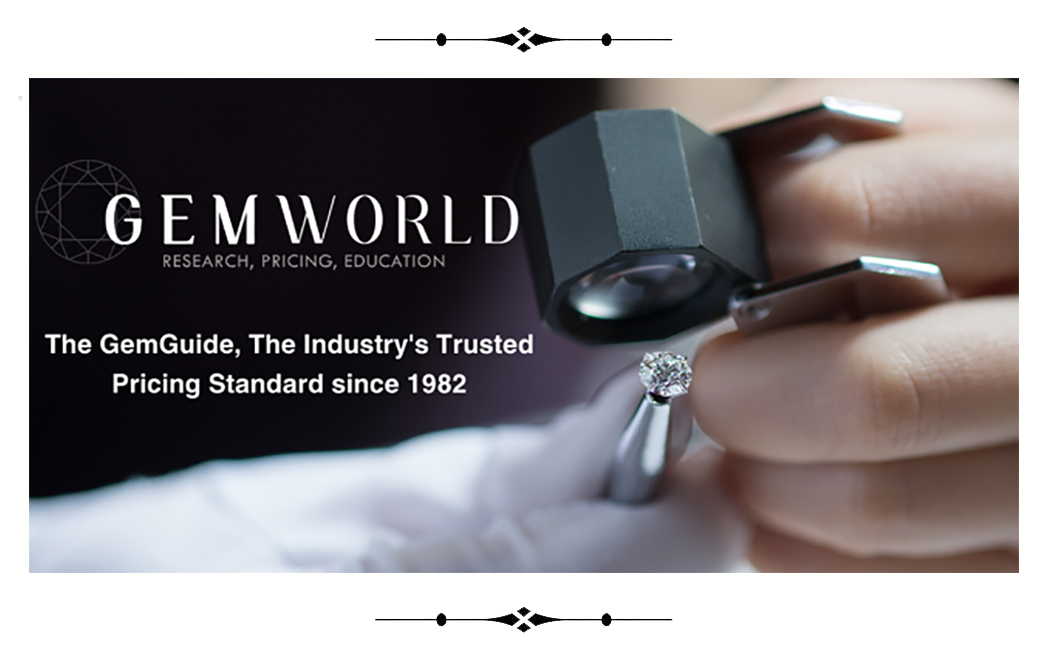The Rise of the House of Asscher & that 10.67-carat Fancy Grey Diamond
A bit of history with the 10.67 carat Fancy Grey Diamond … and “the Asscher Cut.”

The Rise of the House of Asscher
JCK Magazine: September 1, 2001 by Gary Roskin
In my feature story for JCK Magazine, 2001 September, “the Rise of the House of Asscher,”1 the Asscher Cut diamond, a 1902 patented step cut design, the first step-cut for diamond, reached popularity in the early 1920s – the Art Deco period. The 10.67 Fancy Grey emerald cut was shown as circa 1925, with the facet arrangement of the patented Asscher Cut; big “strong” corners, tall crown (higher crown angles), small table (56%), and large culet.
Stephen Hofer, author of the most important reference on the subject, Collecting and Classifying Fancy Coloured Diamonds, has written specifically about why this grey diamond is so important.
Sotheby’s auction results, Lot 29: “Most diamonds presenting a gray bodycolor derive their hue from numerous inclusions within the stone. Only a very small percentage of gray stones, including the striking diamond offered here, are colored primarily by trace elements incorporated into their crystal structure. Minute quantities of boron and hydrogen cause the stone to absorb certain wavelengths of light, producing varying shades of gray and blue. This diamond’s designation as type IIb indicates a detectable level of boron. Most blue diamonds are also type IIb, and scientists have yet to pinpoint what determines the relative levels of blue and gray. In most cases, they serve as each hue serve as modifying colors across a spectrum of grayish blues and bluish grays. A pure gray color is truly a gemological anomaly.“
The higher crown, with steeper crown facet angles, helps to provide greater dispersion, as seen in the photo below. [Note that the ring stand is in focus and steady, while the diamond is hidden by the splash of rainbows coming from the high crown facets. The camera focused on the obvious dispersion rather than the diamond itself.]
“… Stephen C. Hofer sums up the remarkable qualities of the present diamond in his accompanying monograph, writing, ‘For me, what makes this stone so special, is the unusual combination of large size, pure gray hue, clear transparency, and the unique pattern of gray reflections resulting from the older-style emerald cut.’
Hofer is particularly taken with the way the stone’s cut interacts with its color, continuing, ‘There is a wonderful sense of mystery and illusion as we look closer at the arrangement of light, medium and dark gray tones under the table facet area, which immediately draws the eyes deeper into the center of the diamond. At the same time, the relatively steep crown angles cause numerous rainbow flashes of colour (i.e., dispersion), which adds a touch of colour to this fancy gray diamond in both daylight and evening light.’”
1 … The Rise of the House of Asscher” – a twist on one of Edgar Allen Poe’s most famous works of 1839, “The Fall of the House of Usher,” later made into a movie 1960 starring Vincent Price.













